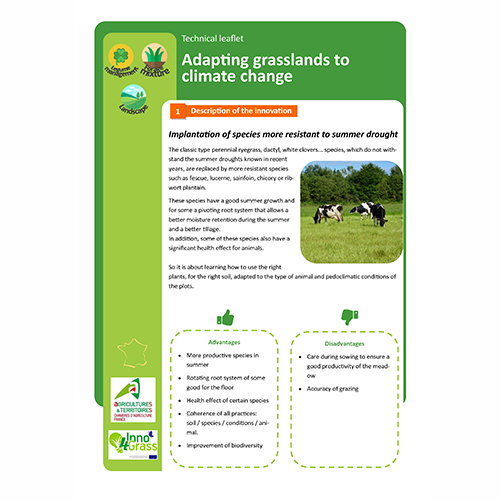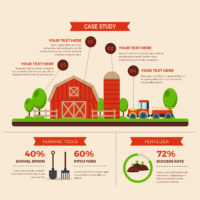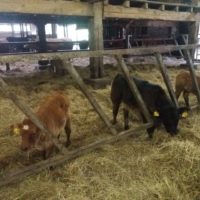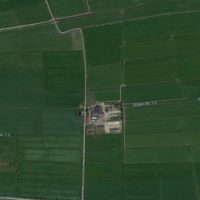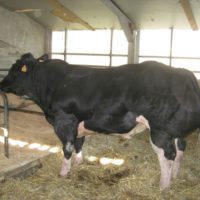Minimal losses when making and extracting silage
Description
Description of the innovation
Precision gives minimal silage losses
Örjan Bergman wants to maximise use of the farm’s own forage. In particular, he wants to minimise losses of the forage stored as silage. This is important from an economic and a practical perspective – clearing out spoiled silage takes time.
Packing is crucial!
Two bunker silos are filled at the same time, with two front loaders, so that there is enough time to pack them carefully. During the night the forage is allowed to settle. When work starts the next morning and the tractor and chopping wagon makes the first trip to the field for a load, the compaction tractor ‘after-packs’ the silage already present in the silo, for at least an hour. By that time the herbage in the silo has lost its turgor, has settled and is easily compacted further. ”The silage should be as hard as the floor.”
The silage is finaly covered very carefully with plastic, pressed down particularly carefully along the edges. On top of the plastic is laid a 10-15 cm thick layer of sand. It is very important to seal along the silo walls.
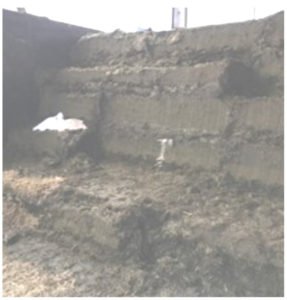
Advantages
- Perfect ensiling saves money and gives better animal health.
- Lower cell count in the milk.
- More silage DM in each silo, due to higher density.
- The time it takes to empty each silo at unloading is short.
Disadvantages
- This system requires an extra compac-tion tractor and driver.
Obtained results
Through taking part in a research project at SLU, Örjan found that silage losses are not only those that have to be cleared out with great effort, since invisible losses are just as important. On average, mean DM losses in the other bunker silos in the study were 14.1%, while the three silos at Ekenäs Farm had average DM losses of 4.7%.
When making silage, ‘hack, pack, cover’ is a well-known motto. At Ekenäs farm, there is proof that silage losses are much lower than on other farms. The logistics are well-planned. The machinery chain has been adjusted and two bunker silos are filled at the same time. The drivers doing the packing have time to do a thorough job. Planning, adjustment of machinery and taking good care at every stage are the reasons for the low levels of silage losses.

Despite low filling speed, with extended compaction, sand covering and low silo width, silage DM losses on Ekenäs Farm were 10 percentage units lower than on the average Swedish farm.
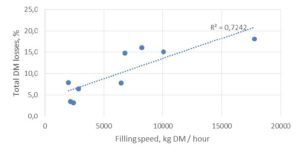
More information
- Spörndly, R. 2018. Dry matter losses from different silo structures. Swedish University of Agricultural Sciences. Department of Animal Nutrition and Management. Proceedings of the 9th Nordic Feed Science Conference, Uppsala, Sweden. Report 298, 171–176.
Additional information
| Domains of innovation | forage conservation technique |
|---|---|
| Main types of animal | dairy cattle |
| Country | Sweden |
| Product type | Technical leaflet |
| Language | English, Swedish |
